Symbiotic relationships are super common in nature – just think of Nemo and the anemone that he made his home. It may seem hard to believe, but plant roots have this same relationship with certain fungi, which are commonly known as mycorrhizae. As I mentioned in an earlier post, myco=fungus and rhizo=roots.
Fungal Friends
I won’t go into too much detail here, but let’s just say that this plant root-fungus relationship is a “win-win” for everyone involved. The plant gets nutrients that might otherwise be difficult to obtain because they are far away (the fungi throw out these micro sized tubes to suck nutrients out of the soil and share them with the plant) and the fungi get energy in the form of sugar (made by the plant during photosynthesis).
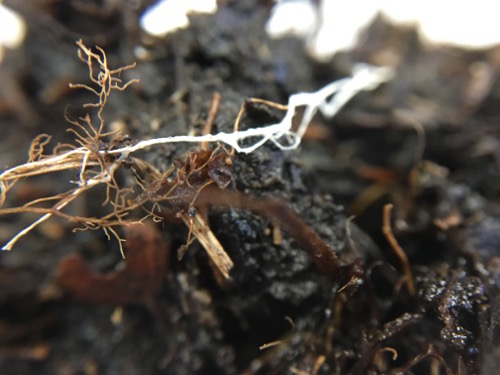
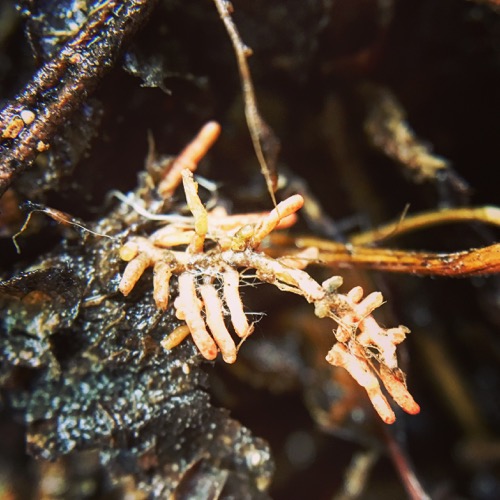
A recent episode of the podcast Radiolab titled “From Tree to Shining Tree” explored these fungal relationships (amongst other topics) that can connect the root systems of forests. I highly suggest you take a listen here. If you are interested in just the fungal relationships, skip to minute 11:10 or so.
The Longer the Better
As covered in previous posts, plants require certain nutrients (namely Nitrogen) to “grow big and strong.” In warmer climates, dead plant material (and animal) is broken down decomposers and detritivores in the soil, making Nitrogen available to plant roots. Since a good chunk of dead material freezes each year before it has time to fully decompose, Nitrogen gets locked down deep into that permafrost layer.
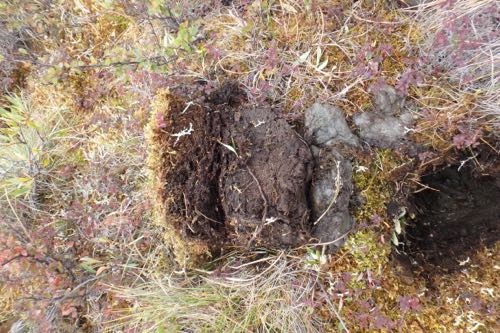
A plant which forms a symbiotic relationship with root fungi has the potential to extend the length of its roots by several millimeters or even centimeters…possibly long enough to reach down into the depths of that permafrost layer.
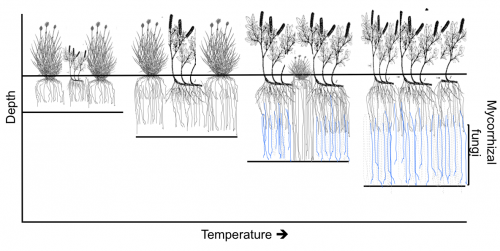
Which plants are “winning?”
To determine which roots are accessing the most Nitrogen AND which roots are forming these mycorrhizal relationships AND exactly what fungi are growing on those roots…well, that take further analysis. As mentioned in the last post , all of the root samples were sectioned off into 2 categories…isotope analysis and genetic analysis. The genetic analysis will look at not just what species of plant is throwing down roots in this tundra soil, but what species fungus (or fungi) is throwing down tubes as well. We won’t know these results for quite some time (think months, not weeks), so in the mean time…here are some pictures of roots and their little fungal friends.
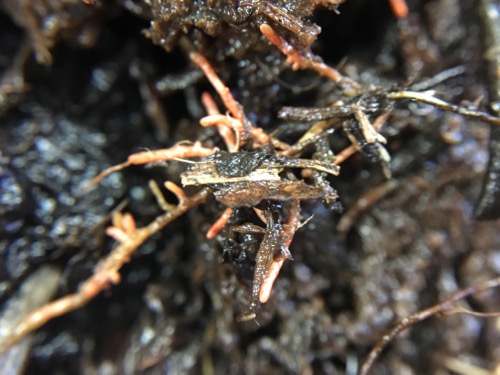
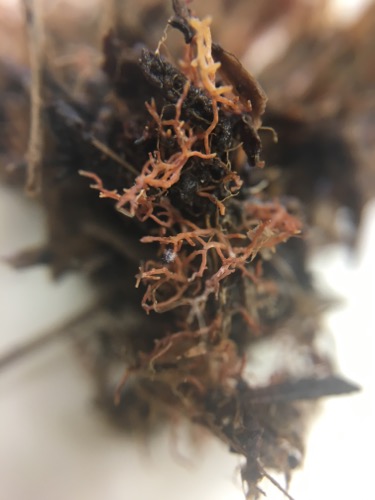
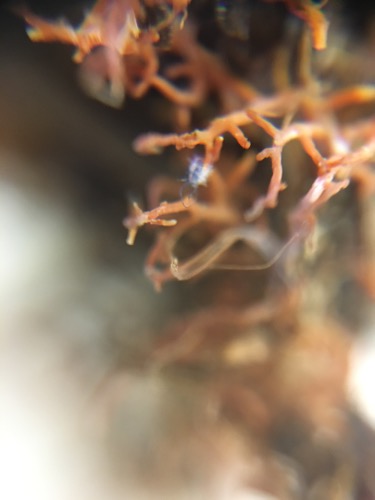
Stay tuned for the next journal…which will just be a lot of pretty pictures as I say goodbye to the tundra.


Comments